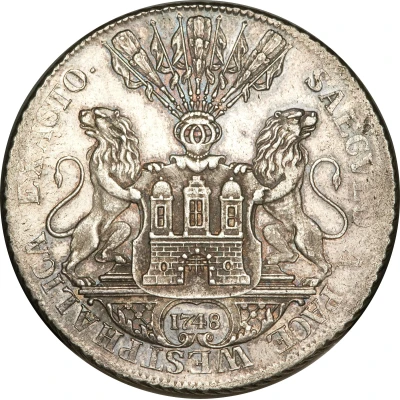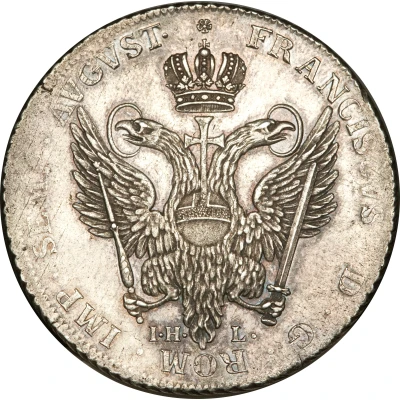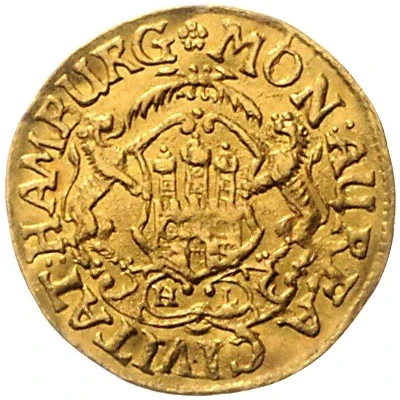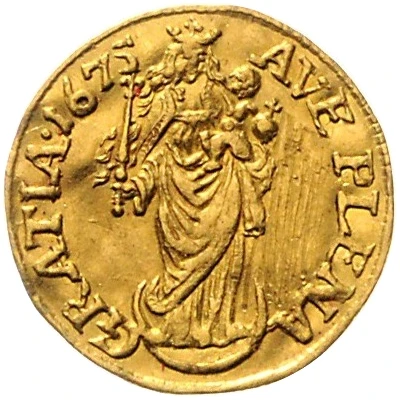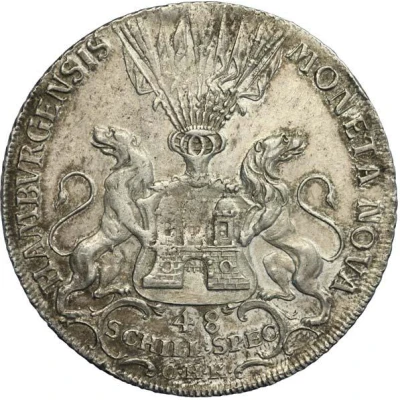
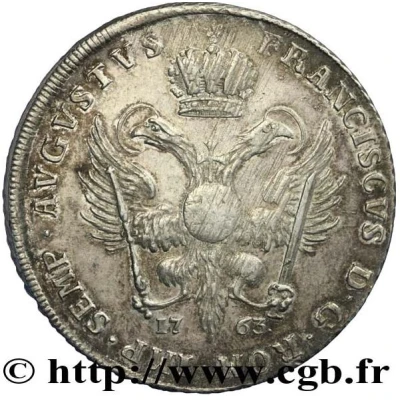

© CGB
48 Schilling
| Silver (.888) | 29.2 g | 42.5 mm |
| Issuer | Free Hanseatic city of Hamburg (German States) |
|---|---|
| Period | Free Hanseatic City (1324-1922) |
| Type | Standard circulation coin |
| Years | 1761-1764 |
| Value | 48 Schilling = 1 Thaler |
| Currency | Thaler (1675-1872) |
| Composition | Silver (.888) |
| Weight | 29.2 g |
| Diameter | 42.5 mm |
| Shape | Round |
| Orientation | Medal alignment ↑↑ |
| Demonetized | Yes |
| Updated | 2024-10-05 |
| Numista | N#21464 |
|---|---|
| Rarity index | 95% |
Reverse
Orb and crowned imperial eagle.
Script: Latin
Lettering:
FRANCISCVS D • G • ROM • IMP • SEMP • AVGVSTVS
1761
Engraver: Otto Heinrich Knorre
Edge
String
Comment
Previously listed as KM#196.1 - KM#196.4Interesting fact
One interesting fact about the 48 Schilling coin from the Free Hanseatic city of Hamburg is that it was minted during a time of great economic and political change in Europe. The coin was issued during the reign of King George III of England, who was also the Elector of Hanover, and its production was overseen by the Hamburg Mint. The coin's design features the coat of arms of Hamburg on one side and the value on the other, and its silver content was guaranteed by the city's mint. Despite its relatively low denomination, the 48 Schilling coin was an important part of the local economy and played a significant role in the trade and commerce of the region. Today, it is a highly sought-after collector's item among numismatists and historians interested in the economic and political history of Europe during this period.
